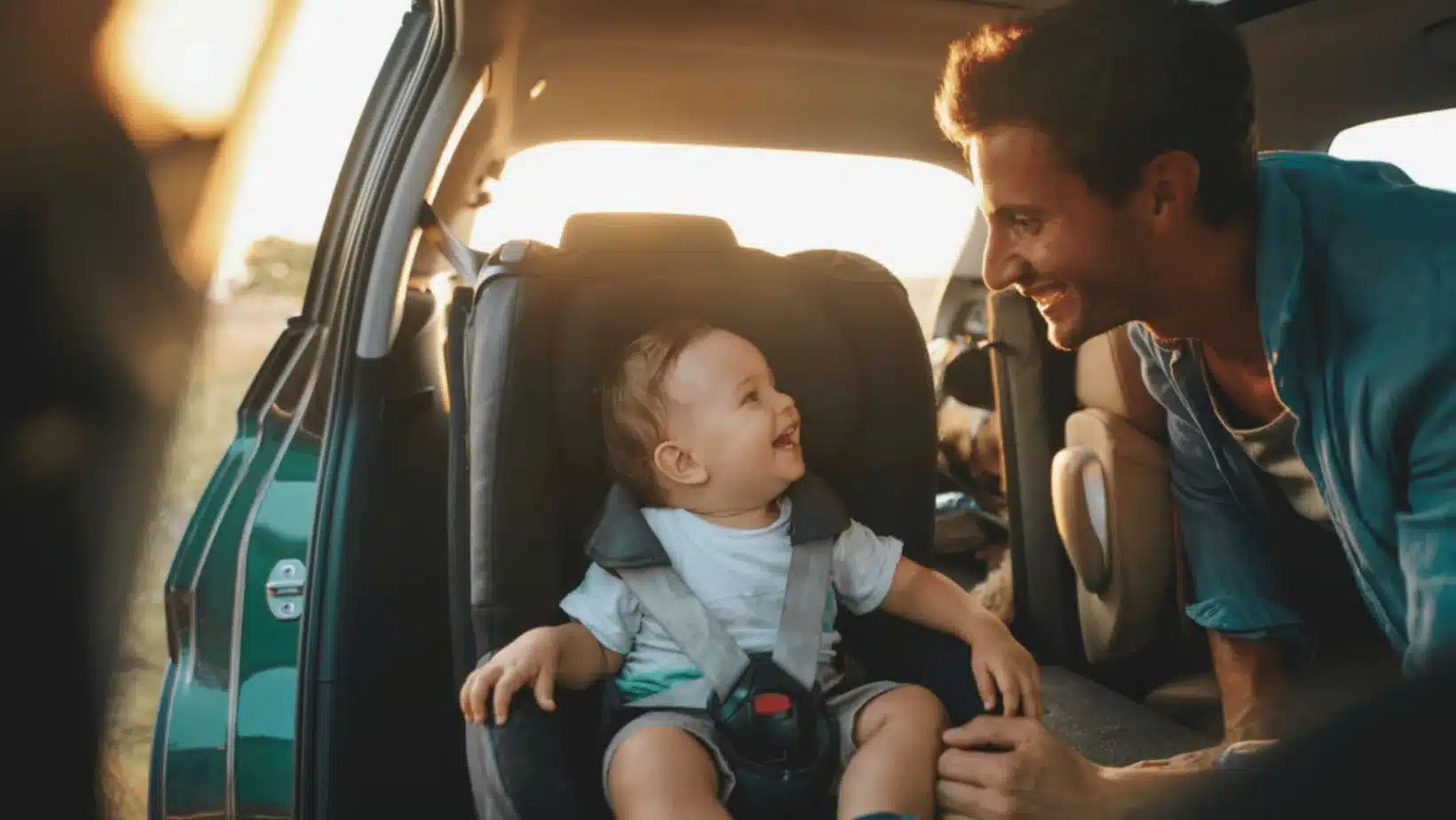Traveling by car with your baby can be thrilling, but it can also be nerve-wracking for any parent. There’s a new level of worry when you realize how much it weighs to protect your infant’s safety in the car. Unfortunately, accidents are all too common, and the stakes are higher when your valuable cargo is on board.
With nearly 43,000 fatal accidents on American roads every year, you have all the reasons to worry. Imagine yourself driving along when a negligent driver hits you from behind. Many parents can relate to this hypothetical situation, emphasizing the importance of following safety guidelines when driving with a baby.
In this article, we will highlight a few safety guidelines that every parent should put first to protect their child when driving.
Use A Secure Car Seat
Using a car seat securely is the first step toward ensuring your baby’s safety. Your child’s age, weight, and height help select the right car seat. Rear-facing seats are essential for babies because they give their growing neck and spine the most support possible.
Switch from a rear-facing to a booster seat as your child grows. When installing a seat, always follow the installation instructions provided by the manufacturer and tighten the seat to reduce movement in the event of an abrupt stop or collision.
Regularly Check The Seat
It’s just as crucial to regularly inspect your baby’s car seat as it is to install it. Check the seat periodically for any indications of damage or wear and tear. Ensure that none of the buckles are misaligned and that the harness is not twisted.
Also, look for no loose or broken parts. If there are any problems, take care of them immediately or, if needed, replace the seat. Remember that a clean car seat is essential to keeping your child safe during your travels.
Ensure Interior Safety
In addition to the car seat, your baby’s safety depends on the overall interior car atmosphere. Fasten loose items that might fly off in the event of an abrupt stop or collision. Avoid putting heavy objects on rear window ledges and parcel shelves because they can be very dangerous in the event of an accident.
Keep your baby safe by keeping sharp objects and potential hazards out of reach. Purchase sunshades to shield your child from the sun, and use rearview mirrors that let you see your infant clearly without diverting your attention from the road.
Know How To Handle Emergencies
One of the most important aspects of responsible roadside parenting is being ready for emergencies. Learn first aid fundamentals and maintain a fully supplied first aid kit in your vehicle. In an accident, remain composed, evaluate your child’s health, and call emergency services immediately.
Also, know your legal rights because you can claim compensation from a negligent driver. Choose a local personal injury attorney who understands the laws of the state. For instance, Texas Personal Injury Lawyers make the best choice if you suffer a crash in this state. In times of crisis, being calm and quick to react can make all the difference in the world and reduce the risk to your infant.
Maintain A Comfortable Temperature
Since babies are vulnerable to extreme temperatures, keeping the car’s interior at a comfortable temperature is imperative. Never leave your infant unattended in a parked car during hot weather, even briefly, as the temperature can rise quickly.
Cover your windows to keep the sun out, and dress your infant in airy, light clothes. Ensure your child is warm during the colder months. Achieving the ideal temperature balance is crucial for your baby’s well-being during car rides and beyond simple comfort.
Schedule Breaks
Long trips with a baby need careful planning to accommodate their requirements. Schedule regular pauses to tend to your baby’s needs, such as feedings and nappy changes, and give them time to move around and stretch.
Plan pauses when you are in areas with baby-friendly amenities, like feeding areas and changing tables. In addition to meeting your baby’s physical needs, these pauses give parents a much-needed break and lessen stress and exhaustion.
Stay Attentive While Driving
Being extremely vigilant when driving is arguably the most important safety rule. When your infant is in the car, avoid distractions like texting, making phone calls, or fiddling with the radio. If your baby needs attention, stop and find a safe spot to attend to them first.
Pay attention to the road, be aware of possible hazards, and obey traffic laws. When valuable cargo is on board, driving defensively becomes even more critical. Ensuring your baby’s safety during the trip requires you to be composed and attentive.
Conclusion
To sum up, driving while a baby is present necessitates carefully considering safety. Everything matters when it comes to keeping your child safe, from using a car seat correctly to keeping your interior comfortable. Setting these safety guidelines as parents’ top priority protects your infant’s health and makes family travel more pleasurable and stress-free.

